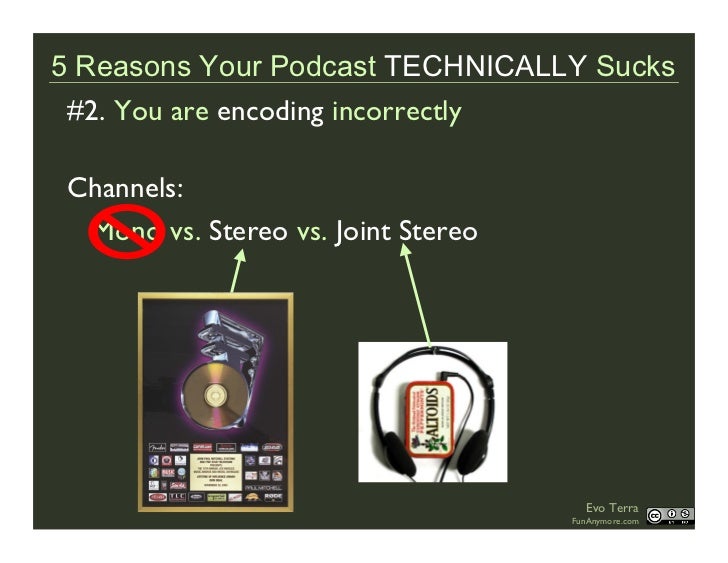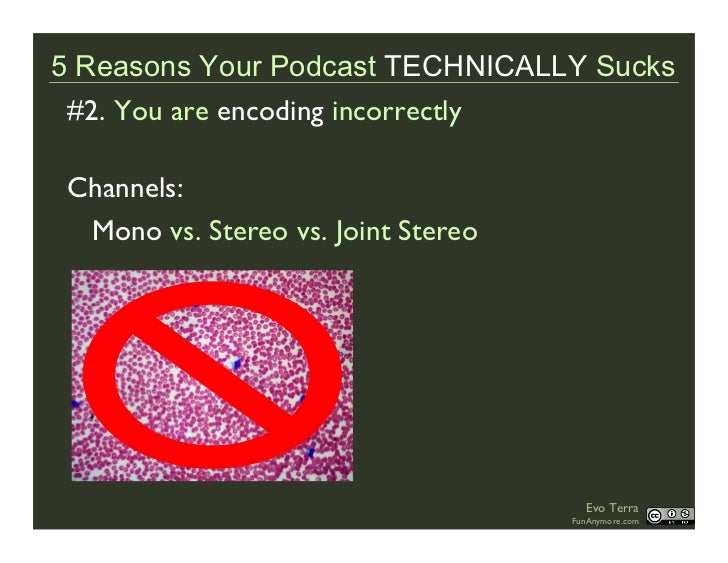

This shows that stereo coding has almost no effect on the intelligibility in the bit rate range tested. In most cases, these conditions show just as good intelligibility as speech with no encoding at all noise azimuths. The two stereo coding modes with bit rates of 56, 32, and 24 kbps were tested. Next, test speech was localized in front, while competing noise was localized at various angles. Parametric stereo-coded speech showed lower scores when localized at -45 degrees, but all other speech showed no difference between speech samples with no coding. Test speech was first localized at 0 and ±45 degrees and compared with localized speech with no coding. Next, the Japanese word intelligibility tests were conducted using the Japanese Diagnostic Rhyme Tests. The joint stereo mode showed significantly higher MUSHRA scores than the parametric stereo mode at azimuths of ±45 degrees. We compared the encoded localized speech quality with various stereo encoding modes. discrete, that is invertible, mid-side (sum-difference) stereo. First, we tested subjective quality of localized speech at various azimuths on the horizontal plane relative to the listener using the standard MUSHRA tests. parametric stereo for efficient joint coding of two channels. We encoded localized speech using joint stereo and parametric stereo modes within the HE-AAC encoder.

In this paper, we investigated the influence of stereo coding on Japanese speech localized in virtual 3-D space.


 0 kommentar(er)
0 kommentar(er)
